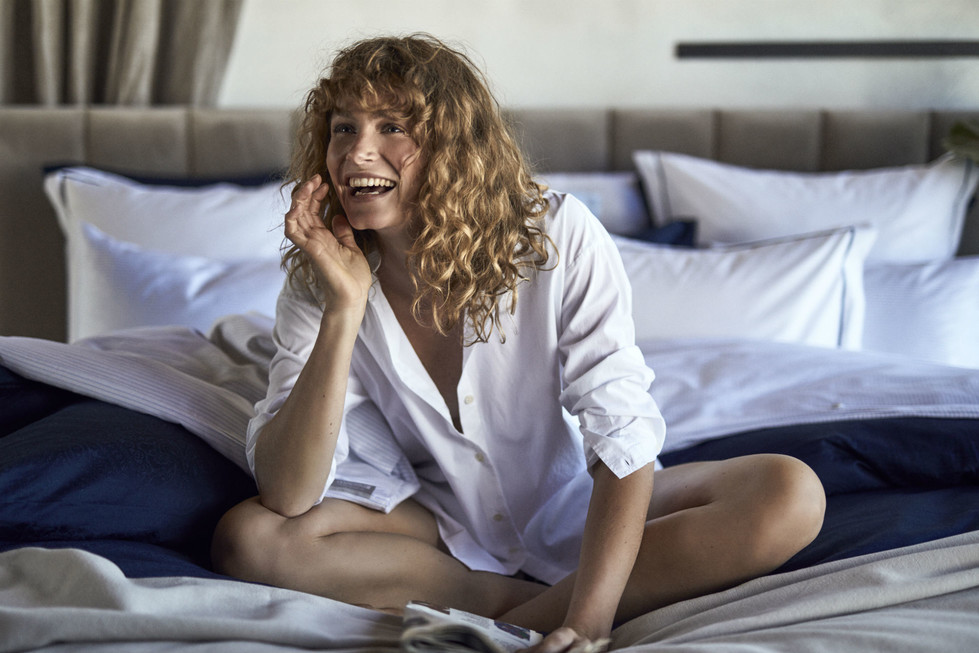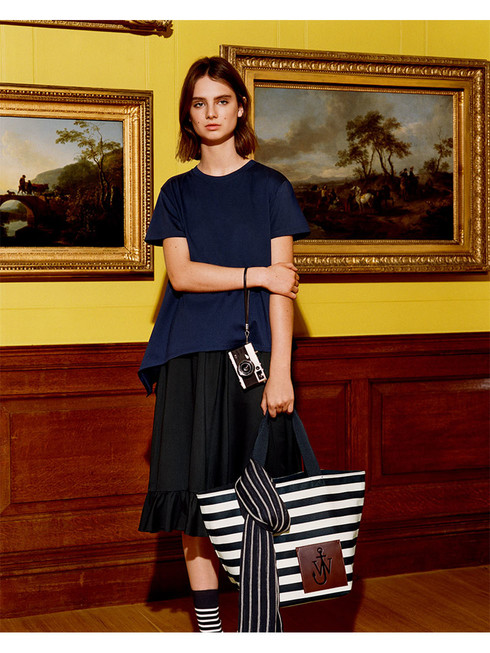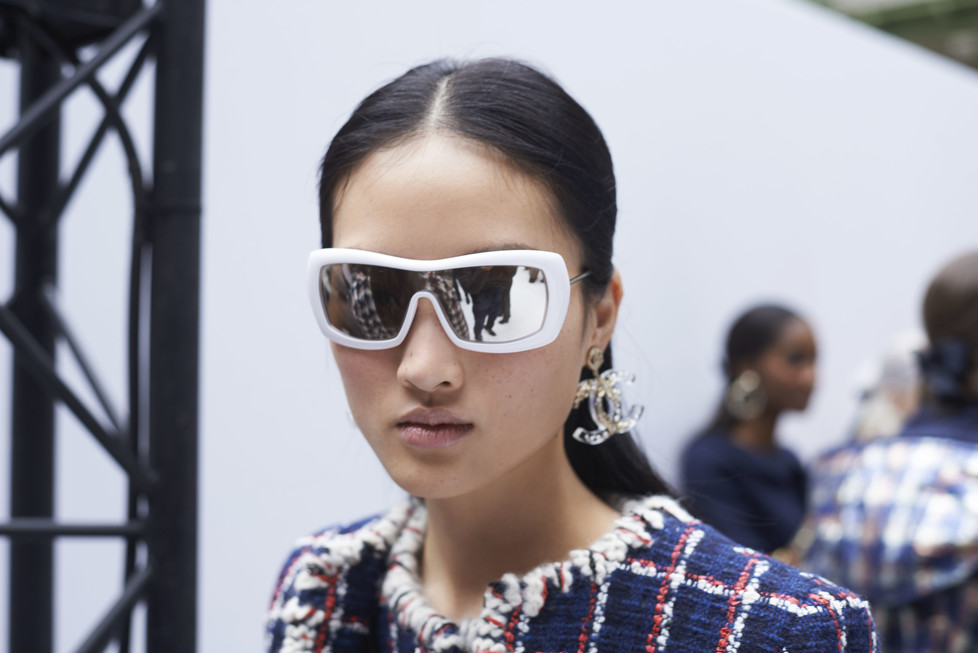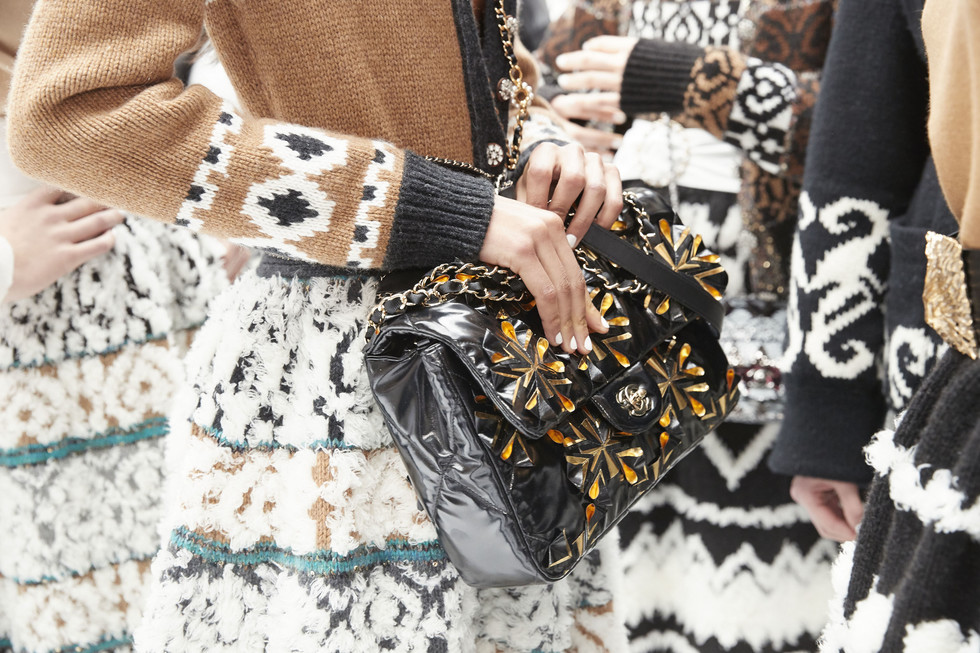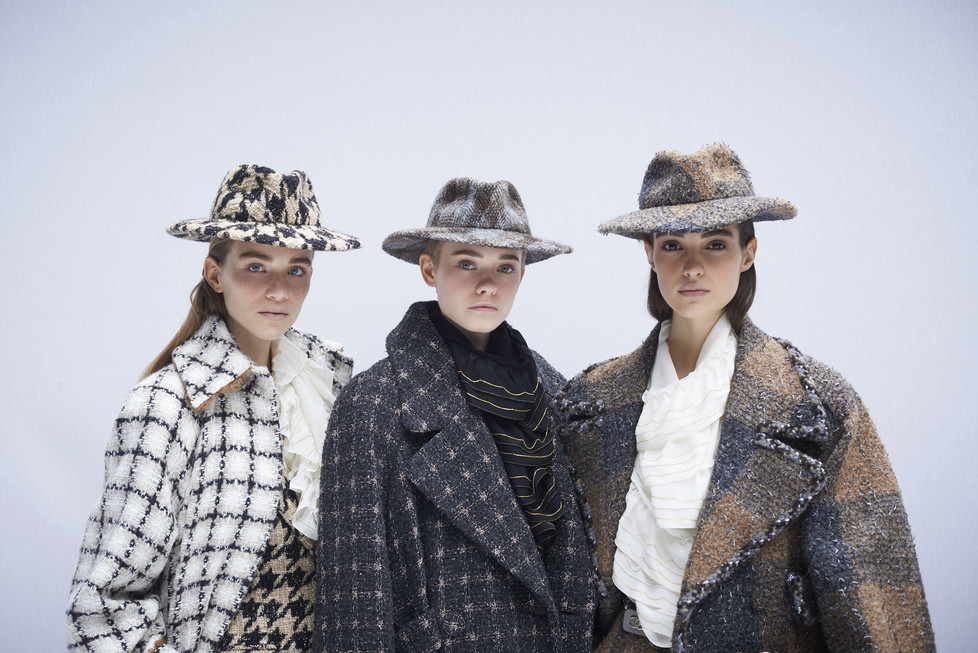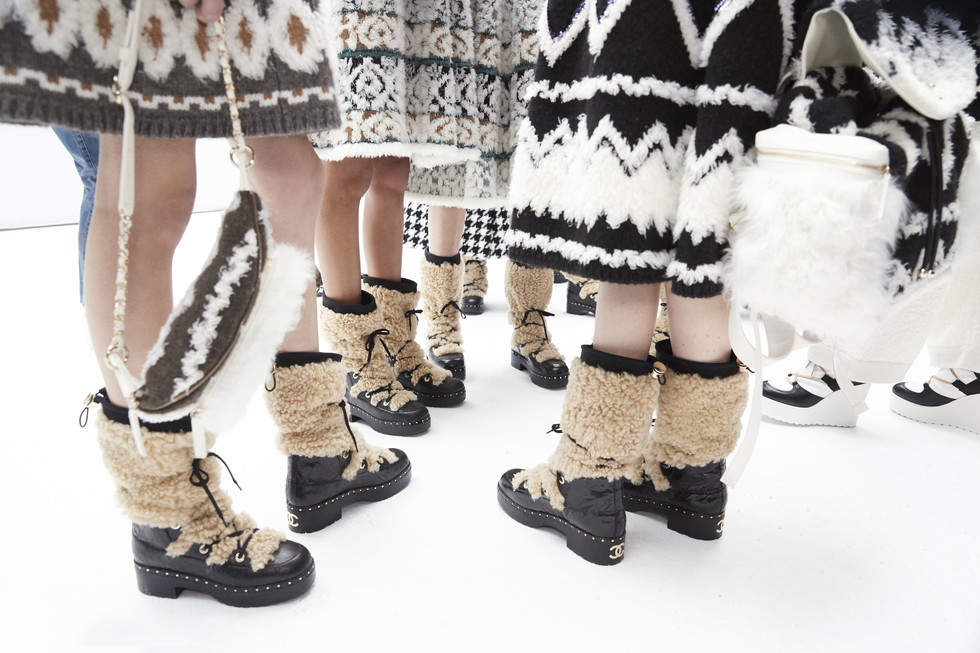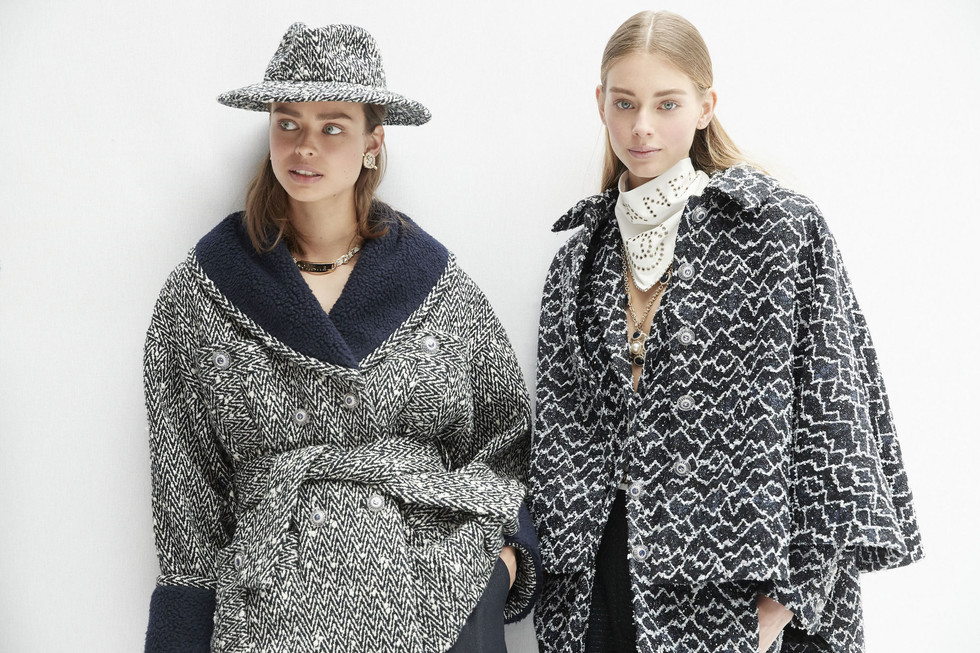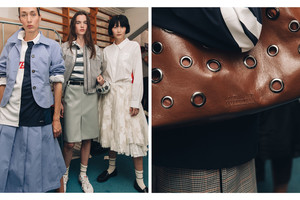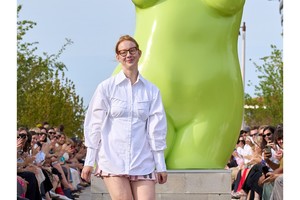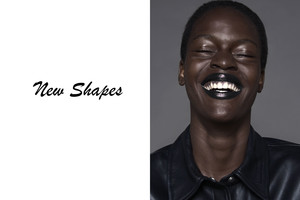Exhibition about the furniture architect Finn Juhl at Nationalmuseum
Written by Fashion TalesIn the spring and summer of 2019, Nationalmuseum will mount an exhibition about the Danish architect and furniture designer Finn Juhl. One of the most influential Scandinavian furniture designers of the 20th century will be presented through an exclusive selection of his furniture, artwork and crafts. The furniture and furnishings on display comes from Finn Juhl’s home in Ordrup, outside Copenhagen, which he designed and decorated for himself in 1942.
The exhibition presents Finn Juhl as one of the most influential Scandinavian furniture designers of the 1940s, 1950s and 1960s. His designs are characterised by a perfectionistic attention to detail, an intuitive sense for materials, and innovative thinking about constructions and the combination of materials. The furniture was usually produced in small artisanal series in collaboration with the master carpenter Niels Vodder. Yet Juhl was also one of the first Danish designers to design furniture for large-scale production in which the level of detail and joinery techniques of small-scale production were transferred to more industrial production.
During the 1950s, Finn Juhl had a major impact in the USA. He was introduced to that market by Edgar Kaufmann Jr., then the curator of the industrial design department at the Museum of Modern Art, as well as through furniture showsinthe Georg Jensen store, a trend-setting venue for the presentation of Scandinavian design in New York. He was also commissioned to furnish the UN headquarters in New York and the Danish Embassy in Washington. From 1956–1961, Finn Juhl worked on an extensive project for Scandinavian Airlines in which he created a design profile for the company through interiors in both terminals and aircraft. During the 1970s, new materials, changing manufacturing processes and altered style ideals contributed to a decline in interest in his designs. In 1982 a retrospective exhibition of Finn Juhl’s work was presented at Designmuseum in Copenhagen, resulting in a revival of the hype surrounding the designer as well as newly aroused Japanese interest in his designs. Today, Finn Juhl’s original furniture and other items designed by him are extremely desirable icons on the auction market.
The exhibition presents the original interiors of Finn Juhl’s house through pictures in various formats, together with around 25 original pieces of furniture and luminaires and works of art from his home by Asger Jorn, Erik Thommessen and Vilhelm Lundström, among others, as well as handicrafts by the textile artist Vibeke Klint and the ceramicist Alev Siesbye. Finn Juhl’s house and its original interiors were added to the collection of the Ordrupgaard museum through a private donation in 2008, and was opened for visitors the same year. Ordrupgaard is currently closed for renovations and will reopen in 2020. This has enabled the generous loan of furniture and furnishings from Finn Juhl’s home.
The exhibition Finn Juhl: Architectural Furniture Designerwill be presented at Nationalmuseum from March 14 to September 22, 2019. The exhibition is a collaboration with Ordrupgaard, Copenhagen. The curator is Susanne Eriksson, Nationalmuseum.
Nationalmuseum is Sweden’s museum of art and design. The collections comprise older paintings, sculpture, drawings and graphic art, and applied art and design up to the present day. The museum building has currently been renovated and reopened October 13, 2018. Nationalmuseum has partnerships with Svenska Dagbladet and the Grand Hôtel Stockholm.
…………………………………………………………………
Images:
Photo: Anna Danielsson and Anders Sune Berg.





